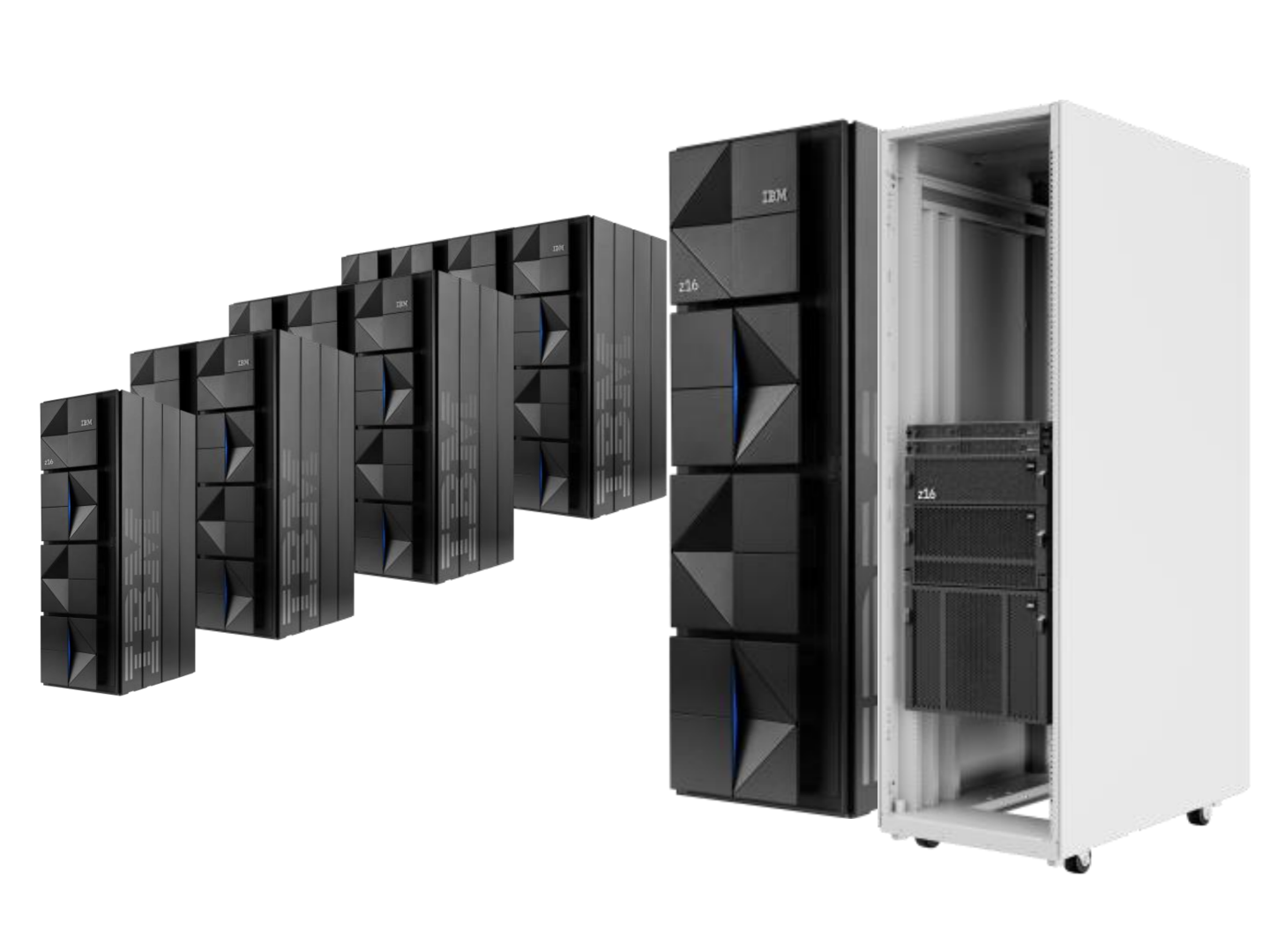- Home
- About
- Courses
- Blog
- Events
- Contact
Contact Us
+91 91501 39611
+91 91501 39611
Master Mainframe with VRG Technologies – Your Gateway to Advanced Tech Skills. Comprehensive Mainframe Training in Madipakkam, Chennai
Mainframe modernization involves updating legacy mainframe systems to incorporate modern interfaces, development environments, and DevOps tooling integration. This transformation aims to eliminate the limitations of the legacy environment while preserving mainframe features like reliability, availability, serviceability (RAS), security, and scalability. Despite the simplicity in concept, modernizing enterprise workloads is complex. Let’s explore what mainframe modernization entails, how to achieve it, and the available options.
Contact VRG Technologies for expert guidance to find your perfect fit!
91501 39611
Mainframe modernization can range from enhancing existing mainframe applications with modern user interfaces to fully converting them to distributed applications in languages like Java/J2EE or .Net, or even hosting them on cloud infrastructures.
Modernizing the front end with graphical user interfaces (GUIs) based on Eclipse, such as IBM Developer for z (IDz) and z Open Development (ZOD), offers significant benefits. Utilizing Eclipse’s framework for code analysis, program outline views, and code snippets simplifies enhancements and reduces the effort required.
Integrating middleware components with REST APIs enables access through web browsers and other tools. This approach facilitates modernization by allowing applications to interact seamlessly with contemporary technologies.
By utilizing tools such as Jenkins for z/OS, GIT for z/OS, IBM DBB, and UCD on z/OS, organizations can transform their legacy applications into an Enterprise DevOps environment. This transformation enhances agility and streamlines development and operations processes, facilitating more efficient and responsive workflows.
Approaches to mainframe modernization include re-hosting, re-platforming, or refactoring applications for cloud platforms such as Amazon Web Services (AWS), Microsoft Azure, or Google Cloud Private (GCP). The benefits of these approaches include leveraging the scalability, flexibility, and cost-effectiveness of cloud infrastructure.
– Choosing Programming Languages and Methods to Use
– Preparing an Application Program to Run
– Writing Static SQL Applications
– Overview of Static SQL
– Static SQL Programming Concepts
– Static SQL Programming Concepts
– Dynamic SQL Applications
– Triggers for Active Data
– Coding Triggers
– Parts of a Trigger
– Trigger Cascading
– Scrollable Cursors
– Sensitive Scrollable Cursors
– In sensitive Scrollable Cursors
– System Programs
– System Tables
– Application Programs
– Mapsets
– Simple Application program to get input, process it and send output to the terminal
– EXEC INTERFACE BLOCK Concept and Usage
– Using a COMMAREA
– Pseudo conversational design
– SEND and RECEIVE
– Exception handling
– HANDLE CONDITION
– IGNORE CONDITION
– NOHANDLE and RESP commands
– Scroll CEDF displays
– Overtype argument values and response codes on CEDF displays
– Display the EXEC Interface Block
– Display previously traced commands
– Continue CEDF with pseudo conversational transactions
– Request a task ABEND from CEDF
– Map preparation and usage
– How to create a BMS Mapset
– Physical and Symbolic Map
– How to design user-friendly screens
– How attributes control the look and operation of a field
– How to code BMS macros
– The BMS mapset and symbolic map for the customer maintenance program
– How to assemble a BMS mapset
– Extended attributes
– Cursor positioning
– Dynamic Attribute Character Assignments
– Data declarations to reference records and rows
– Accessing VSAM Files ESDS, KSDS etc.
– Reading single records and rows
– Reading sets of records and rows
– Adding, deleting, and modifying records and rows
– Integrity considerations
– CICS transient data queues
– Intra and Extra Partition Data Sets
– Features of TDQ
– Automatic Task Initiation
– CICS temporary storage queues
– LINK with COMMAREA
– XCTL with COMMAREA
– The COBOL CALL
– STARTing a new transaction
– Pseudo Conversational Techniques
– CICS with DB2
– How to access DB2 from CICS region
– DEFINE, ALTER – Creating VSAM Data set;
– Altering the attributes of data sets –
– Printing the data set information – Deleting data set -Listing the information
Participants will receive a certification of completion from VRG Tech Training, an ISO 9001:2015 certified organization, upon successful completion of the course.
For more information and to enroll, visit www.vrgtechtraining.com or contact us at 91501 39611. Join us at our Velachery, Chennai center and take the first step towards mastering MERN stack development.
Feel free to tweak this further if needed!
See what people are saying about our services. Hear their experiences and success stories!
For software training institute I strongly recommended the VRG institute. The best software training institute. The way the trainer teaches is very kind and easily understandable, and the campus atmosphere provides a peaceful environment. The best institute gain and experiences.

The instructors were knowledgeable and supportive, and the course materials were well-designed and engaging. Since completing the course, I’ve seen a significant improvement in my marketing campaigns’ performance and feel much more confident in creating strategies that drive results.

I completed my digital marketing course at this institute. The staff are very friendly and have a very good atmosphere. I strongly refers this institute for your digital marketing course. the best digital marketing training in Chennai.

I recently completed my digital marketing course and highly recommend it to those seeking career development or a career restart. The course covered a wide range of topics, from SEO to social media marketing, providing a comprehensive understanding of creating effective digital marketing campaigns.

This course is a must for anyone looking to enhance their digital marketing skills and take their career to the next level. The extensive coverage of topics and the quality of instruction make it a valuable investment in your professional growth.

Amulu Amulu